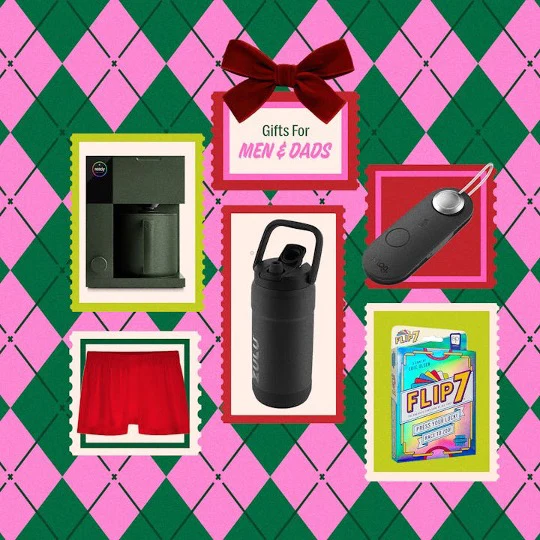

The Colorado Trail Guide: Gear List
You’ve done some preliminary research on the Colorado Trail, checked out the top highlights of the CT to get sufficiently hyped for the adventure, and committed to a thru-hike. Now it’s time to work on your packing list. Buying backpacking gear can be intimidating, but it’s also a meaningful way to solidify your commitment to thru-hiking. It’s often one of the first concrete steps prospective hikers take in prepping for a long trip. Once you have your gear together, you’ll have tangible evidence that the trip of a lifetime is really about to happen.
If you’re not sure how to get started, fear not! This packing list will outline all the gear you’ll need to thru-hike the Colorado Trail, including specific examples in different budget ranges. Start shopping early so you can take your time researching gear and searching out great deals. Make sure you have an opportunity to test all your gear at least once before heading to Waterton Canyon to ensure it works for you.
Most of the items on this list will look fairly familiar to anyone who’s looked at a backpacking packing list before. The reality is that your backpacking setup typically won’t change that much from trail to trail, and most of the gear you used to hike the Appalachian Trail will work just as well for the CT.
Still, every trail is slightly different, and there are a few areas where your Colorado Trail setup might look a little different than your bog-standard packing list. All of these items are detailed in the complete CT packing list below, but I’ll call your attention to them right now so you know what to look for. If you already have backpacking gear from previous hikes, you might still need to get these items specifically for the Colorado Trail:
- Sun protection: Much of the CT is above treeline and you’ll be exposed to intense, high-elevation sun all day long. Sunscreen and UV-resistant long-sleeves are a must, and you may want to consider an umbrella for shade.
- Microspikes: Only if you’re hiking early in the season in a high snow year. July and August starters need not worry about this.
- Down sleeping bag and puffy: Synthetic works fine, but down is so much lighter and softer. Other than price, the only reason to go with synthetic insulation is moisture management, which natural down admittedly sucks at. But the Colorado Rockies are a very dry environment and you’re unlikely to run into issues with wet down (and if your down does get wet you’ll be able to dry it out rapidly in the sun).
- Three-season layers: Fairweather hikers be warned: the weather along the CT is very unpredictable and you will be likely to encounter temperatures near or below freezing even in the height of summer. While daytime highs will feel very summerish, you’ll want warm clothing and a decently-rated sleep system.
From the Squad
Campfire conversations with our community, from Squad Members and Ambassadors to Brand Partners and the Sawyer team.

















